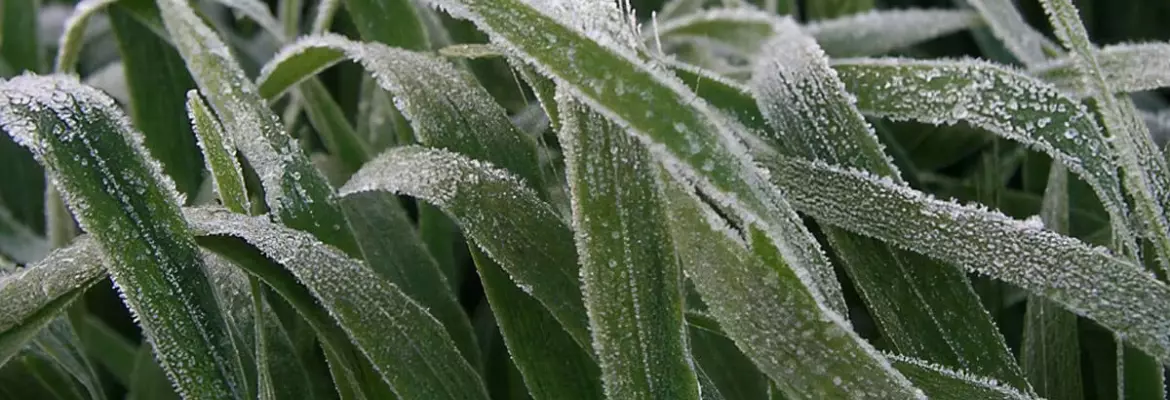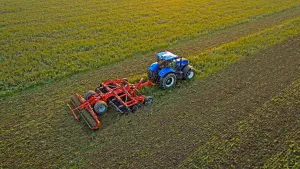
In agronomic terms, the more developed the cover crop, the greater its nitrate-fixing capacity. That’s why cover crops should be terminated as late as possible. Often 2 to 3 months after planting. What termination methods are used?
Using frost and a roller as a destruction technique
Some cover crops, such as legumes, are highly sensitive to frost. They can be used in areas where the use of chemical products is restricted in agriculture. However, this technique is not possible in all regions and is dependent on weather conditions. When the technique is possible, it is sometimes combined with a roller which increases the destruction effect. Grasses are insensitive to frost, and when winter cover crops are destroyed, regrowth often follows.
Shredding cover crops boosts decomposition
Shredding cover crops destroys them and improves decomposition by exposing more of the plant’s surface to external elements and micro-organisms. It is also easier to work the soil (stubble cultivation or plowing) when the cover crop is shredded. A shredder can be used, or even a cutter roller, which can have the same effect. This technique is not recommended for grasses though. Grain-crop regrowth can compete with the following crop.
Shredding is very effective with mustard, phacelia, and buckwheat, but should be avoided for grasses.

Working the soil: stubble cultivation or plowing to destroy nitrate-fixing cover crops
Stubble cultivation or plowing makes it possible to destroy nitrate-fixing intermediate crops and work the land, at the same time, before planting the next crop. A shredder can be used first to prevent clogging, or a roller if the cover crop is mature. Winter weather conditions can enhance the effect of the roller. The depth of burial varies according to the tine tool’s working depth. Stubble cultivators with discs are used for mulching. A disc harrow or plow is used to bury residues. If plowing, is recommended to remove the skimmers to avoid sending the residues to the bottom of the furrow.
Stubble cultivation or plowing works well with oats and rye, without a roller, and with a harrow. Dry conditions are best. The technique is suited to clover, vetch, mustard and phacelia.
Plowing works well if residues are completely buried.

Terminating cover crops with chemical products
It is possible to use a herbicide such as glyphosate to destroy intermediate crops. This technique is often used as part of a minimum tillage system or with no-till. It works well with grasses, although some are resistant. To destroy dicots, 2-4D can be added
Chemical destruction is quick and easy with mustard, oats, sorghum, and buckwheat. It is slightly less effective, but still possible, with turnip rape, rye, clover and vetch.
